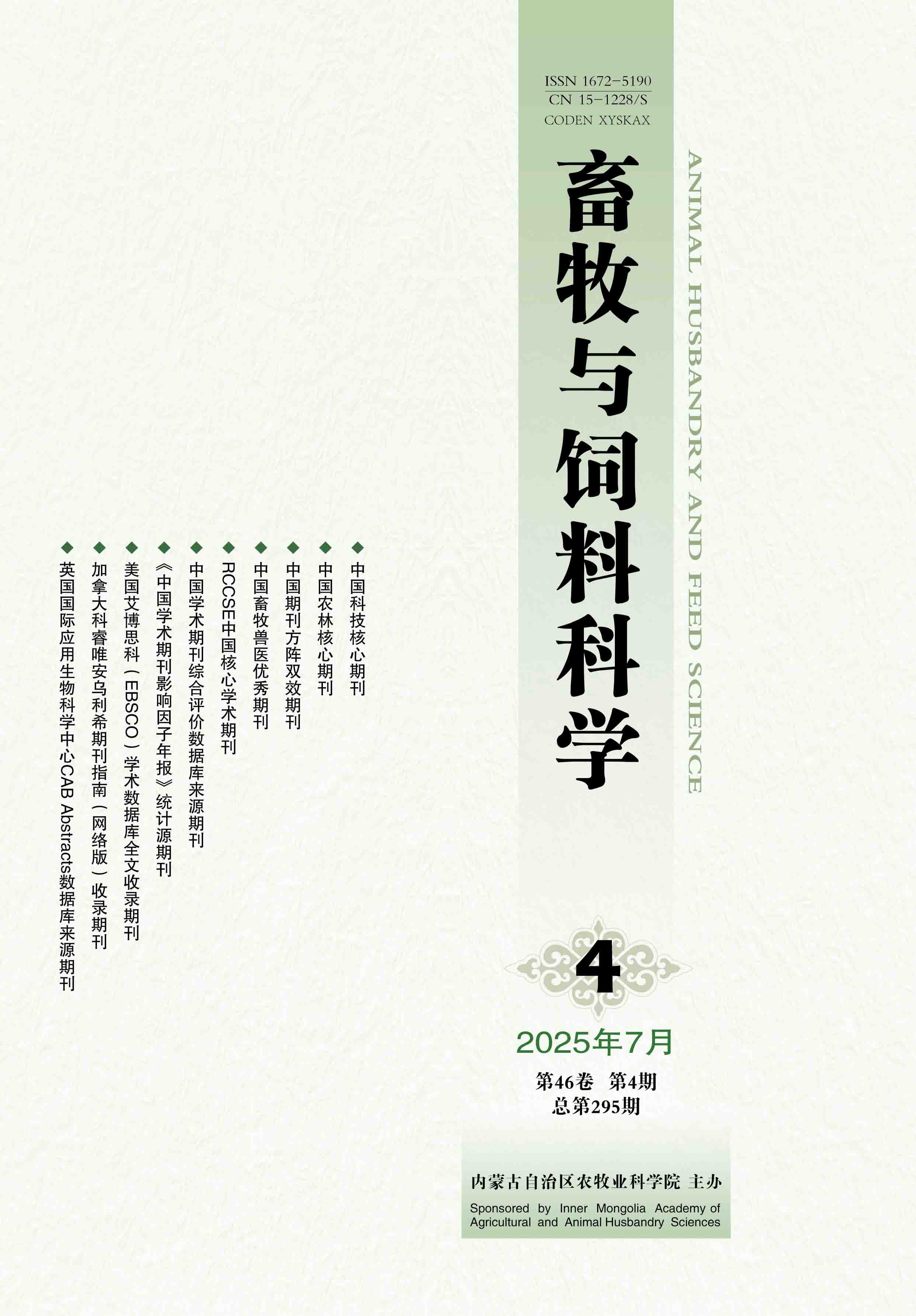[Objective] This study was conducted to isolate and identify Escherichia coli strains from the fecal samples of the racing horses in an equestrian club in Guangzhou City, and to characterize the virulence genes and antimicrobial resistance profile of the isolates. [Method] A total of 20 fecal samples were collected from the adult racing horses in an equestrian club in Guangzhou City. The bacterial culture technology, Gram staining and microscopy examination, and 16S rDNA PCR amplification and sequencing method were employed to isolate and identify the Escherichia coli strains. Subsequently, the Escherichia coli phylogenetic group identification was performed on the isolates, and the presence of 10 virulence genes and 11 antimicrobial resistance genes in the isolates was detected using PCR assay. In addition, the antimicrobial susceptibility test of the isolates was carried out using K-B disk method. [Result] A total of 13 Escherichia coli strains were isolated and identified by morphological observation and PCR detection, with an isolation rate of 65.00% (13/20). The phylogenetic group identification demonstrated that the 13 Escherichia coli isolates were classified as group A (23.07%, 3/13), group B1 (61.54%, 8/13), and group D (15.38%, 2/13), respectively. In the isolates, 5 virulence genes including fimC (61.54%, 8/13), fyuA (7.69%, 1/13), irp2 (7.69%, 1/13), stx1 (15.38%, 2/13), and stx2 (7.69%, 1/13) were detected, and 9 antimicrobial resistance genes including parC (100%, 13/13), gyrA (100%, 13/13), gyrB (92.31%,12/13), sul2 (76.92%, 10/13), cmlA (30.77%, 4/13), aadA (23.07%, 3/13), tet (B) (15.38%, 2/13), blaTEM (7.69%, 1/13), and blaCTX (7.69%, 1/13) were detected. Among the 13 Escherichia coli isolates, 38.46% of them were resistant to tetracycline, and 30.77% of them were resistant to ceftiofur, amikacin, and ampicillin. Different levels of resistance to chloramphenicol, trimethoprim/sulfafurazole, and imipenem was also observed. All of the isolates were susceptible to cefoxitin, gentamicin, and ciprofloxacin. [Conclusion] The community of the horse origin Escherichia coli strains isolated from the racing horses in this equestrian club was diversified. The isolates harbored multiple virulence genes and antimicrobial resistance genes, and exhibited multi-drug resistance. Our results suggest that the prevention and treatment of horse colibacillosis should be strengthened in clinical practice.








